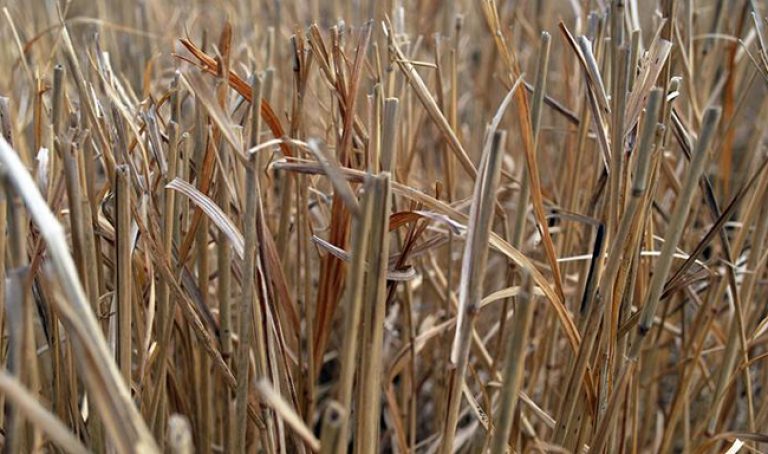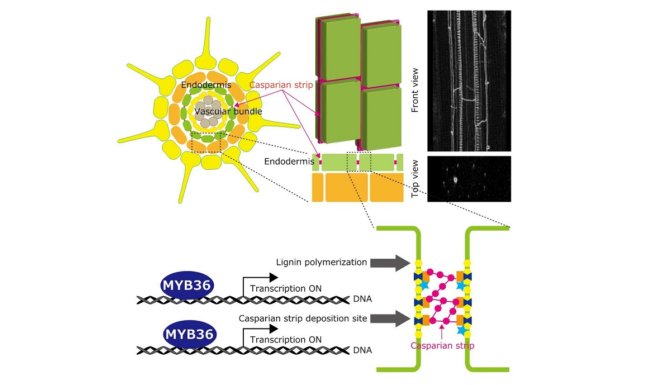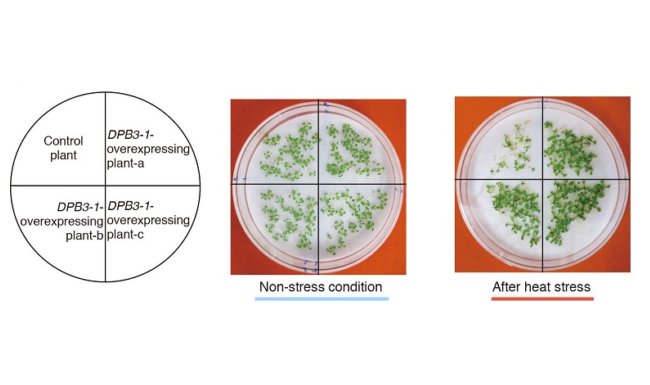
AsianScientist (Jun. 15, 2015) – Researchers at the University of Tokyo and the National Institute of Genetics have found that the lipid phosphatidylinositol 4-phosphate (PI4P) binds solely to a region of a protein in the division apparatus responsible for the division of chloroplasts in plant cells. Their findings have been reported in The Plant Cell.
Chloroplasts are essential plant organelles responsible for photosynthesis and many fundamental metabolic reactions. Chloroplasts are not formed newly within the cell, but multiply only by division of existing chloroplasts.
It is well known that PI4P, a phosphorylated derivative of phosphatidylinositol, modulates fundamental cellular processes. Although the existence of PI4P in chloroplasts has been reported, little is known about its function or whether it is involved in chloroplast division.
The research group of research fellow Ms. Kumiko Okazaki and Professor Hajime Wada at the University of Tokyo Graduate School of Arts and Sciences and Professor Shinya Miyagishima of the National Institute of Genetics found that artificially decreasing the level of PI4P in chloroplasts in Arabidopsis accelerated chloroplast division resulting in an increased number of chloroplasts per cell, indicating that PI4P inhibits chloroplast division.
Analyses of mutant Arabidopsis plants demonstrating irregularities in chloroplast division revealed that the binding of PI4P to PDV1, a chloroplast division protein, changes the interaction between PDV1 and DRP5B, another component of the chloroplast division machinery. This suggests that PI4P is a regulator of chloroplast division in a PDV1- and DRP5B-dependent manner.
The current research is a significant contribution to our understanding the basic mechanisms of plant growth and may lead to techniques for controlling the number and size of chloroplasts, enabling the development of crop varieties with varying sizes of starch granules.
The article can be found at: Okazaki et al. (2015) Phosphatidylinositol 4-Phosphate Negatively Regulates Chloroplast Division In Arabidopsis.
———
Source: The University of Tokyo; Photo: Caroline/Flickr/CC.
Disclaimer: This article does not necessarily reflect the views of AsianScientist or its staff.












